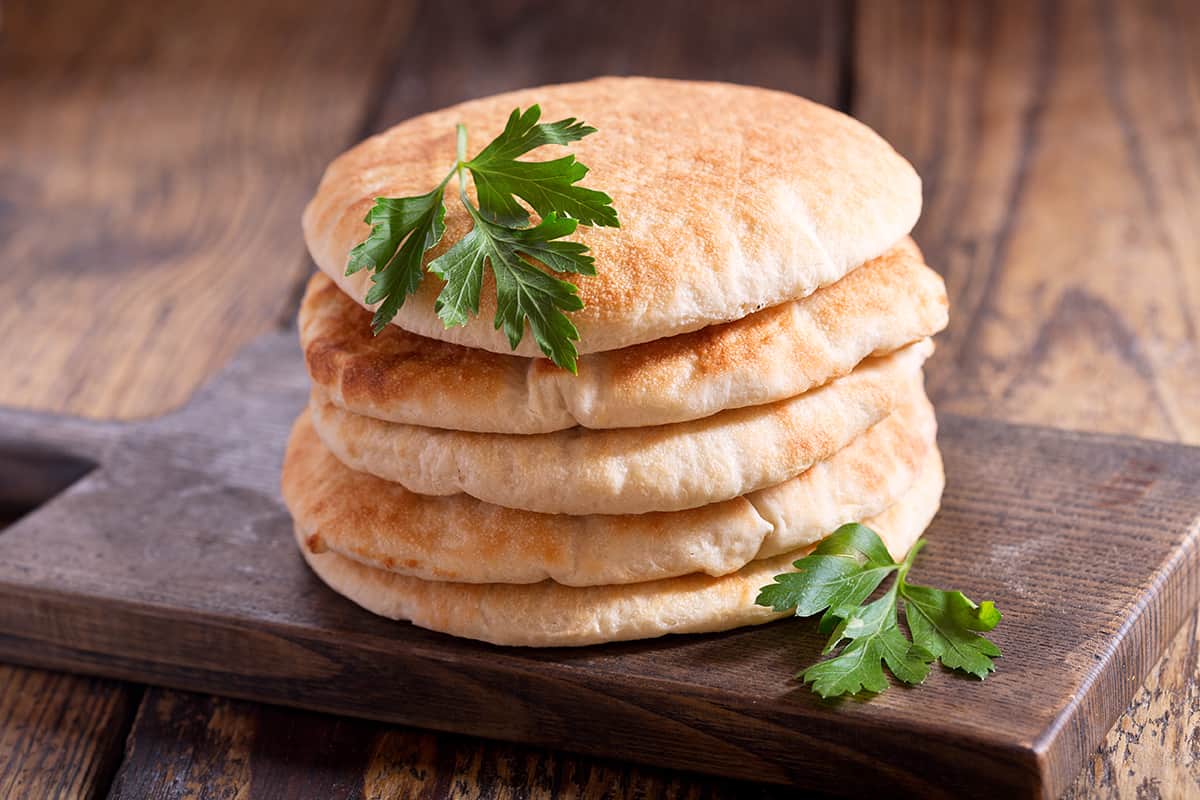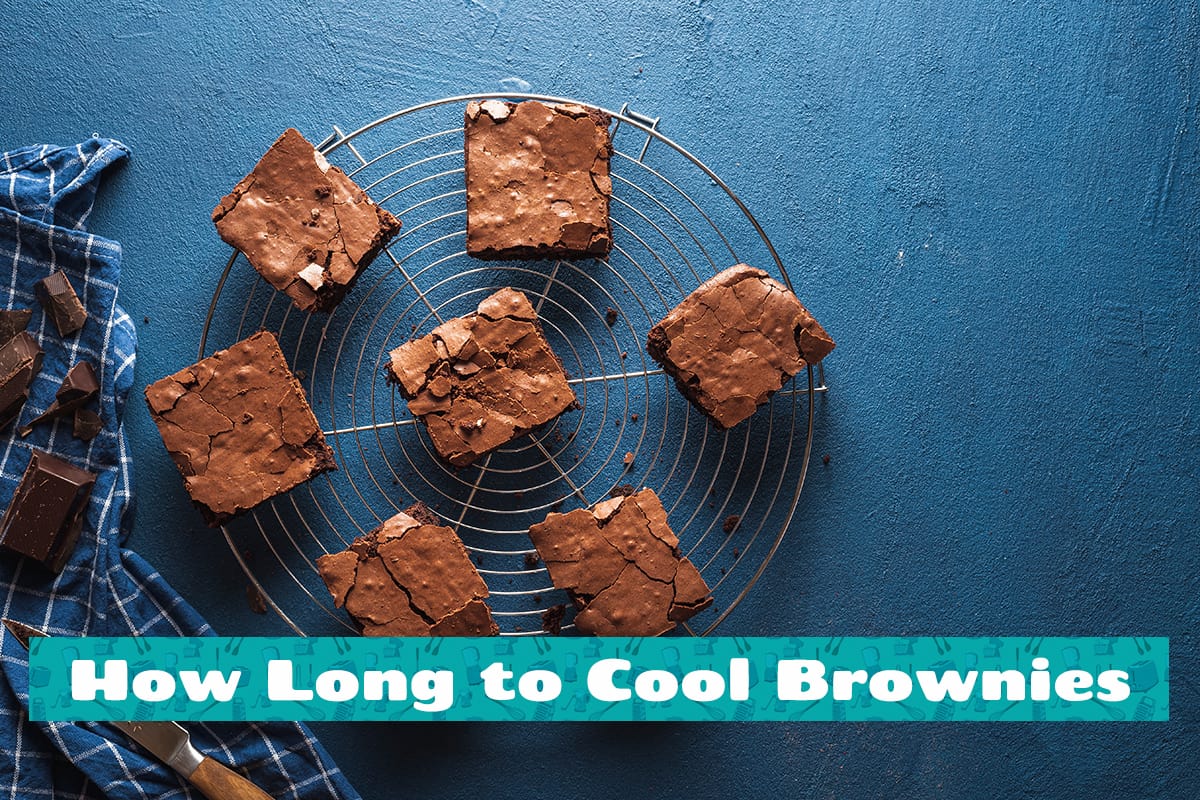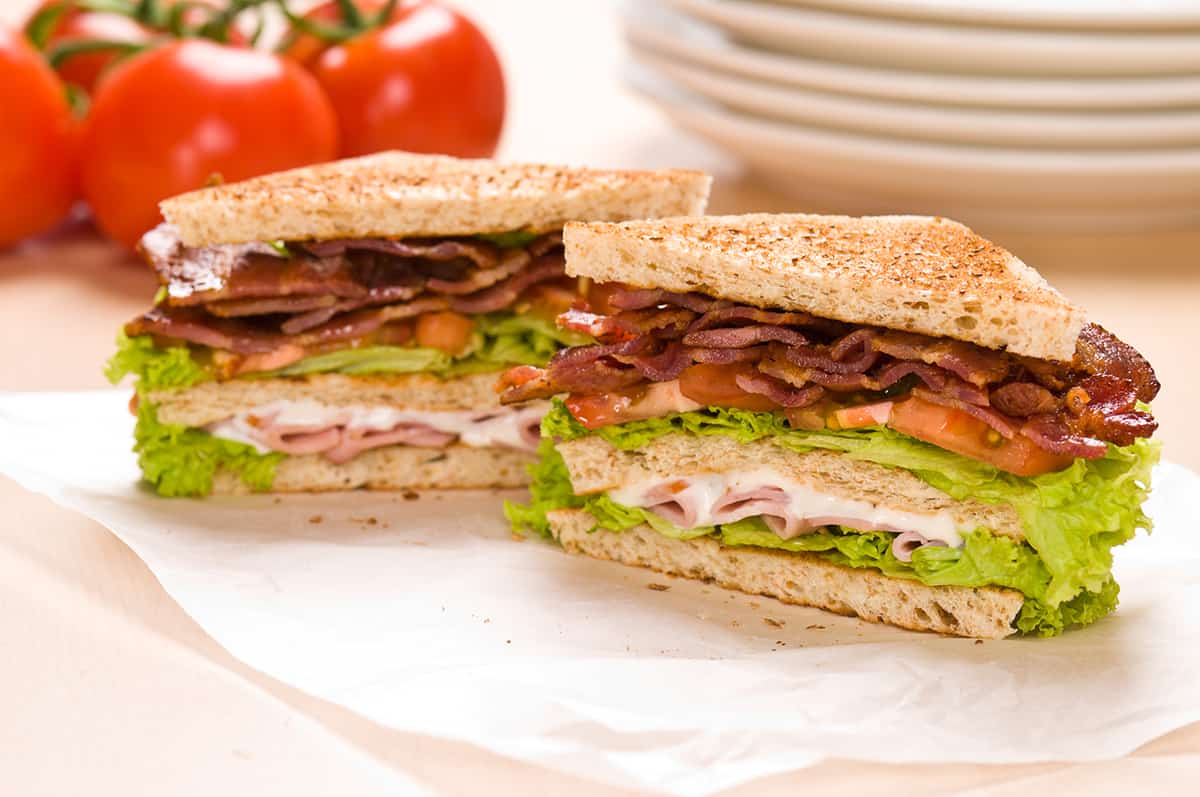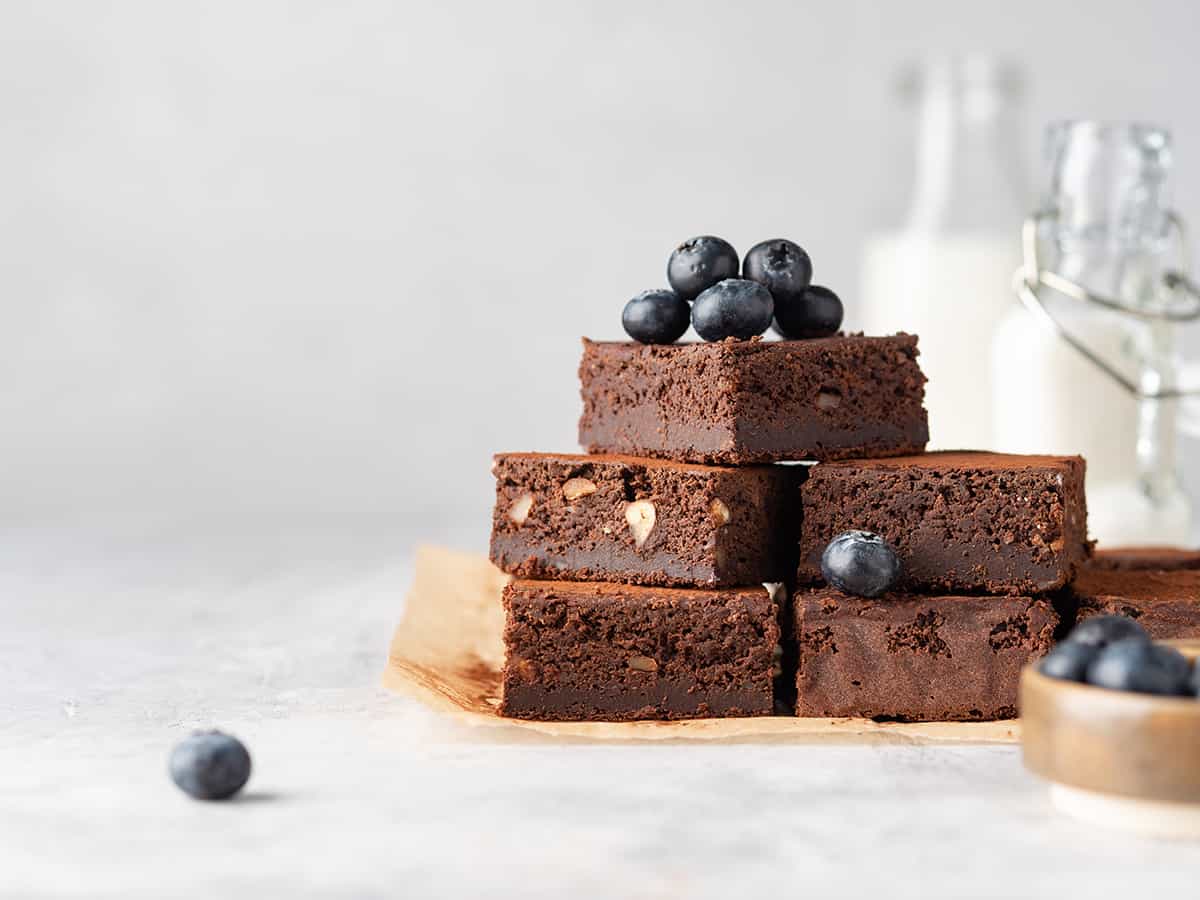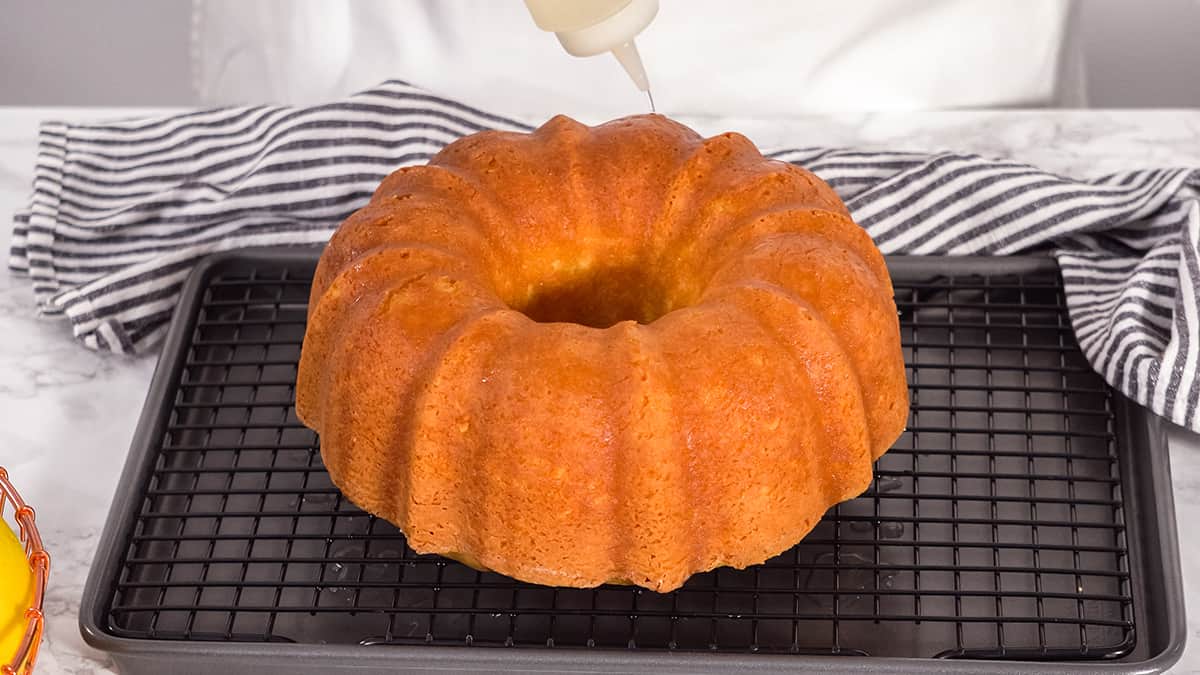Pita bread, a type of flatbread, is a globally popular food that is both tasty and adaptable. It has a distinctive pocket-like shape and requires only flour, yeast, and water as ingredients. The dough puffs up in the oven and forms a pocket when baked at a high temperature.
The typical pita will measure roughly 9 inches in diameter. Common pita sizes range from 6 to 12 inches, with some restaurants selling massive pitas of over 14 inches wide. Some pita manufacturers flatten pita dough balls to 1/8th of an inch thin before baking.
In this guide, we’ll go over the basics of pita bread, how it’s made, and what popular dishes use this Middle-Eastern staple.
History of Pita

Pita bread is a type of flatbread that has been eaten in the Middle East for thousands of years. It is believed to have originated in the Mediterranean region and is an integral part of Mediterranean, Middle Eastern, and North African cuisine. Pita bread is typically made with a combination of wheat flour, water, salt, and yeast and is cooked in an oven or over an open flame.
The earliest mention of a pita-bread-like dish can be traced back to Ancient Egypt, where it was served with a variety of dishes. It was also a staple in the diets of the ancient Greeks and Romans. Pita bread was also popular among nomadic tribes, who could easily carry it with them as they traveled.
How Big Is Pita?
Pita typically ranges in size from 6 to 12 inches, with the most common size being roughly 9 inches wide. Even store-bought pita sold in packages will not be completely uniform in shape or size due to the randomness of the leavening process.
The bigger the pita, the more stuffing you can put in it. However, this will ultimately affect the nutritional value of the pita-based dish.
How Is Pita Made?
It is usually made from wheat flour, salt, water, and yeast. The dough is kneaded and then rolled out into thin circles, which are then baked in a hot oven.
Pre-portioned amounts of flour, salt, water, and yeast are mixed together to form a cohesive dough ball. The dough is then left to rest for about 10 minutes to activate the yeast. Then, the dough is divided into several dough balls of different sizes, depending on how small or how large the pita will be.
After forming smaller dough balls, they are left to rest yet again for another 10 to 15 minutes. After the second proofing period, the dough balls are flattened into 6 to 12-inch discs and baked in an oven or heated on a skillet. The yeast creates air pockets within the dough, which leads to the iconic pocket in the finished product.
Health Benefits of Pita
Aids in weight management
Since it is high in fiber, which is crucial to healthy weight management, pita bread is a great addition to a diet aimed at shedding extra pounds. Additionally, fiber helps you feel full for longer.
One medium whole-wheat pita bread has 5.5 grams of protein, making it a decent protein source. It’s a good source of protein and amino acids. Evidence suggests that eating protein can speed up your metabolic rate. So, eating pita bread can aid in weight loss.
Improves digestion
The fiber in the diet aids in regular bowel habits. Additionally, as dietary fiber absorbs water in the intestines, our stool becomes softer and easier to expel. That way, you won’t have to spend so long in the restroom.
Pita bread helps the body maintain a healthy balance of bacteria in the digestive tract. There is also evidence that dietary fiber helps keep you healthy by boosting your immune system and warding off infections and inflammation.
Strengthens bones
Phosphorus, manganese, and magnesium are all minerals found in a whole-grain pita. According to the available evidence, phosphorus is a crucial mineral for strong bones. Enhancing bone mass and protecting against breaks and warding off the threat of osteoporosis.
Nutrition Facts
The following table shows the nutritional value and vitamin and mineral connect of a 100-gram
| Calories | 262 |
| Fat | 1.71 g |
| Sodium | 421 mg |
| Carbohydrates | 55.9 g |
| Fiber | 6.1 g |
| Sugars | 0 g |
| Protein | 9.8 g |
| Potassium | 170 mg |
| Calcium | 15 mg |
| Iron | 3.06 mg |
| Vitamin B6 | 0.265 mg |
| Phosphorus | 180 mg |
| Magnesium | 69 mg |
What Dishes Use Pita?
If you’d like to feel and look healthier, you should consider incorporating more pita into your diet. Here are a few great-tasting dishes that use this classic Middle-Eastern flatbread in a healthy way.
1. Hummus nachos
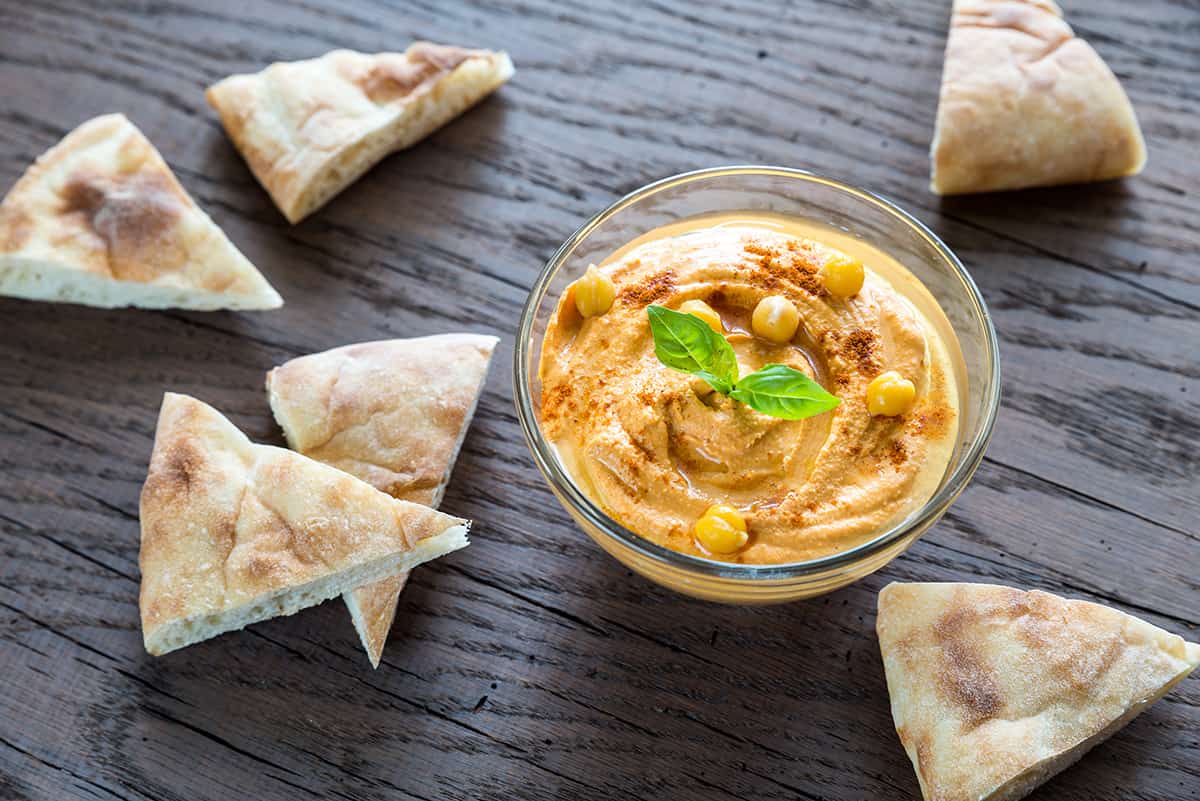
This delicious, vegetarian-friendly party appetizer is made with Greek Nachos and Hummus, which are topped with crumbly feta cheese, cherry tomatoes, pepperoncini, Kalamata olives, and a tangy tzatziki sauce.
2. Chicken Caesar pitas
These chicken-stuffed pockets, which can be easily eaten with your hands or taken on a picnic, provide a double dose of whole grains from brown rice and whole wheat pitas. To make lunchtime even faster, the chicken can be pre-prepared up to two days in advance.
3. Greek pita pizzas
A delicious pizza-like dish that uses pita instead of a traditional bready crust. It’s topped with deseeded plum tomatoes, avocadoes, feta cheese, cucumbers, and tzatziki sauce—Italian sausage optional.
4. Chicken gyros
A dish that takes advantage of the pita’s pliability to create a foldable lunch. Chicken gyros consist of a wide range of vegetables and grilled chicken after marinating in a delicious sauce.
5. Peanut butter pita
If your kids have trouble eating healthy foods, you should give this dish a try. Stuffed into the pita’s pocket are a healthy dose of organic peanut butter, a medium apple, and banana slices. Feel free to substitute or remove any of the fruit since peanut butter alone is extremely healthy.
6. Confetti scrambled egg pockets
Want a new way to enjoy a breakfast burrito? Try swapping the flour tortilla with pita! Stuff the pocket with any traditional scrambled egg mix you can think of—just don’t forget to load it with vegetables and healthy cheese options!
